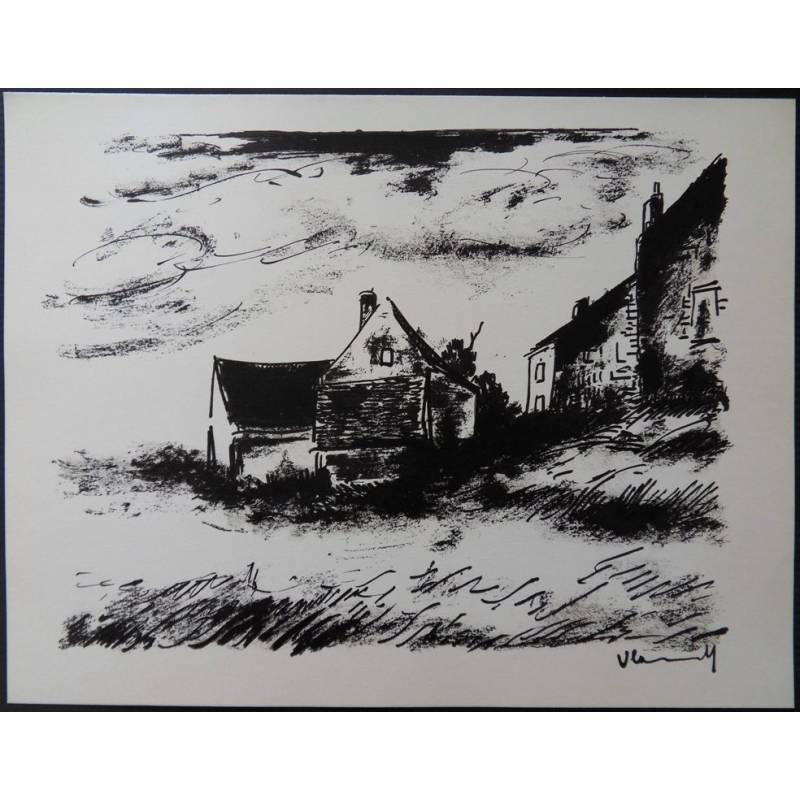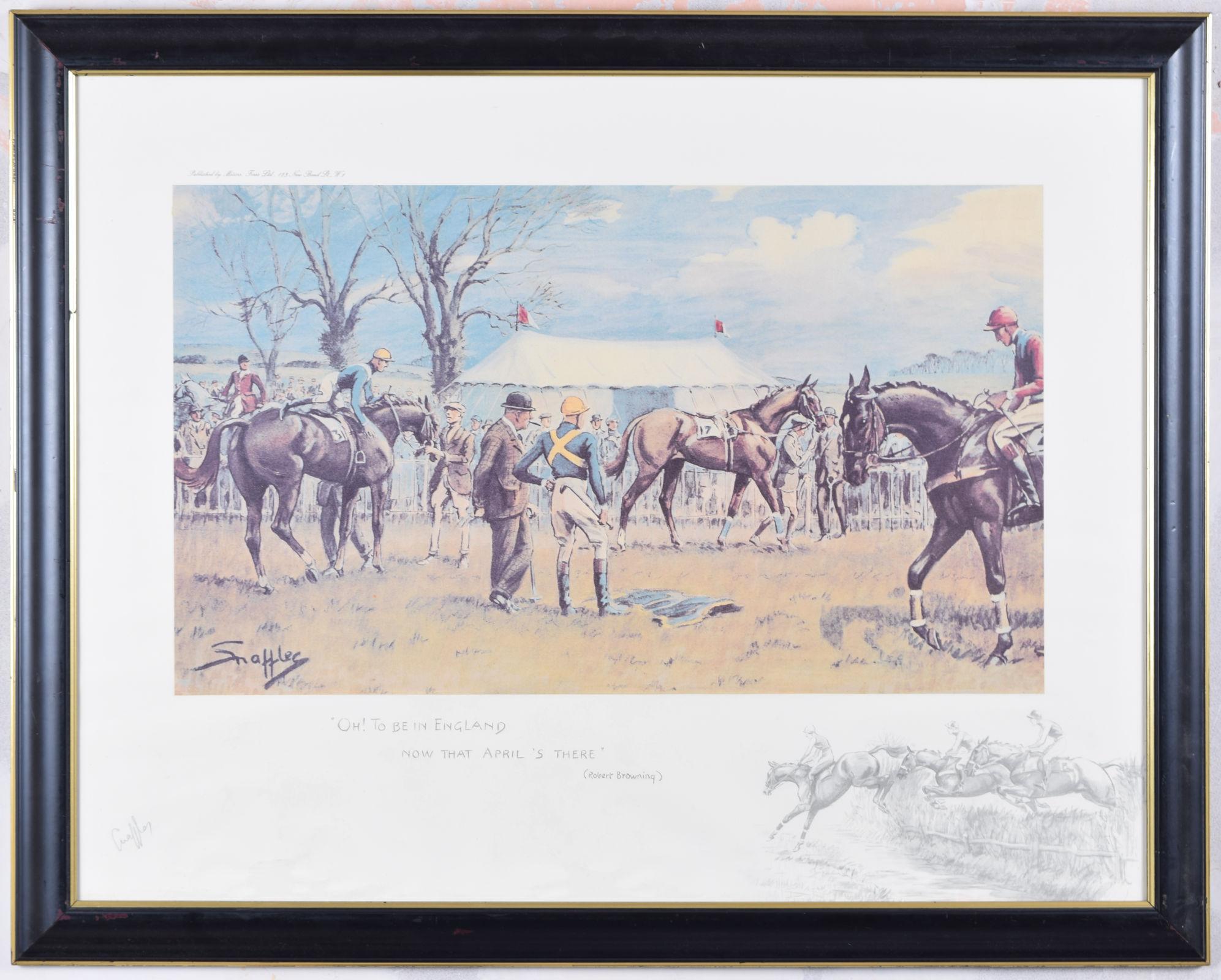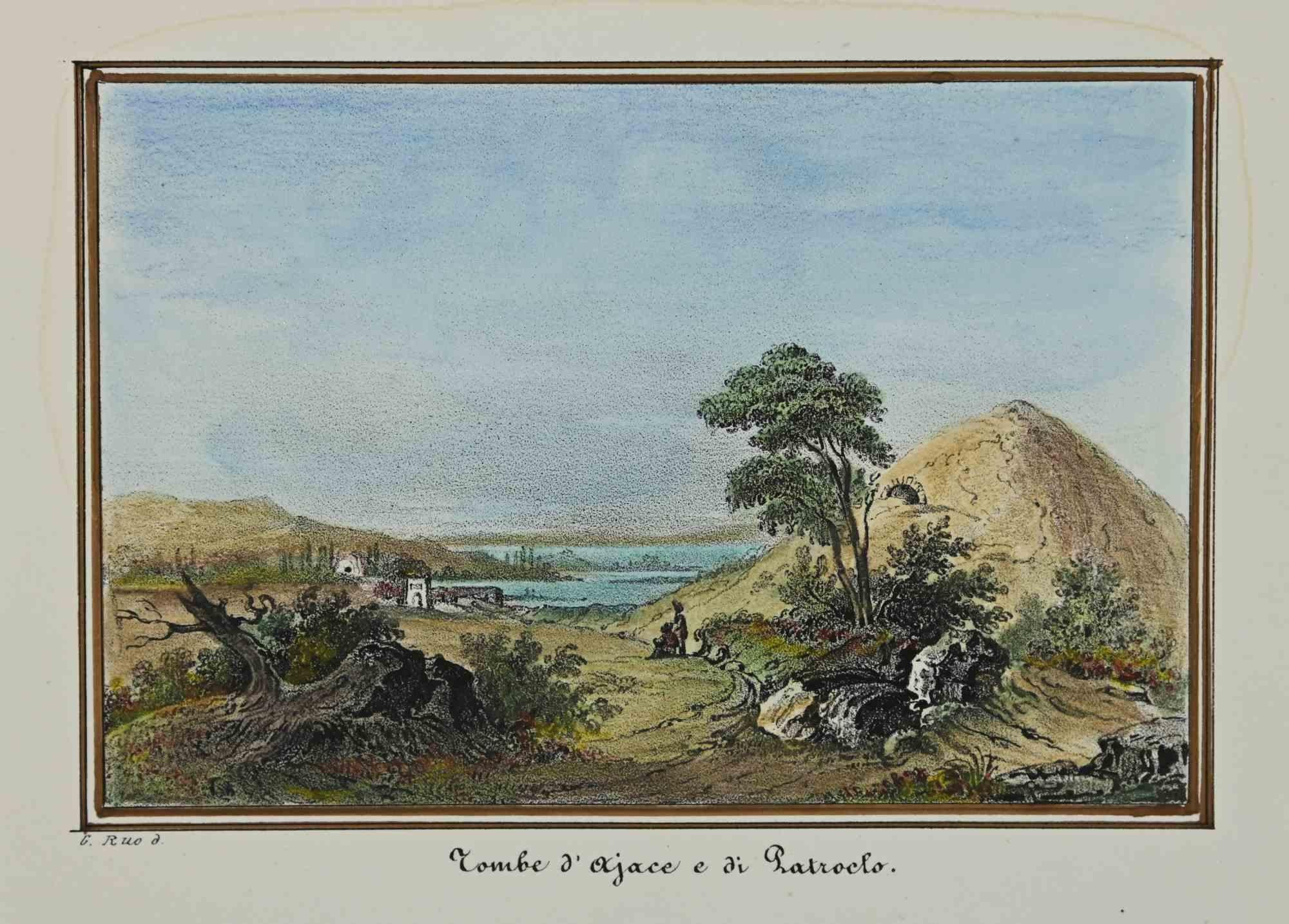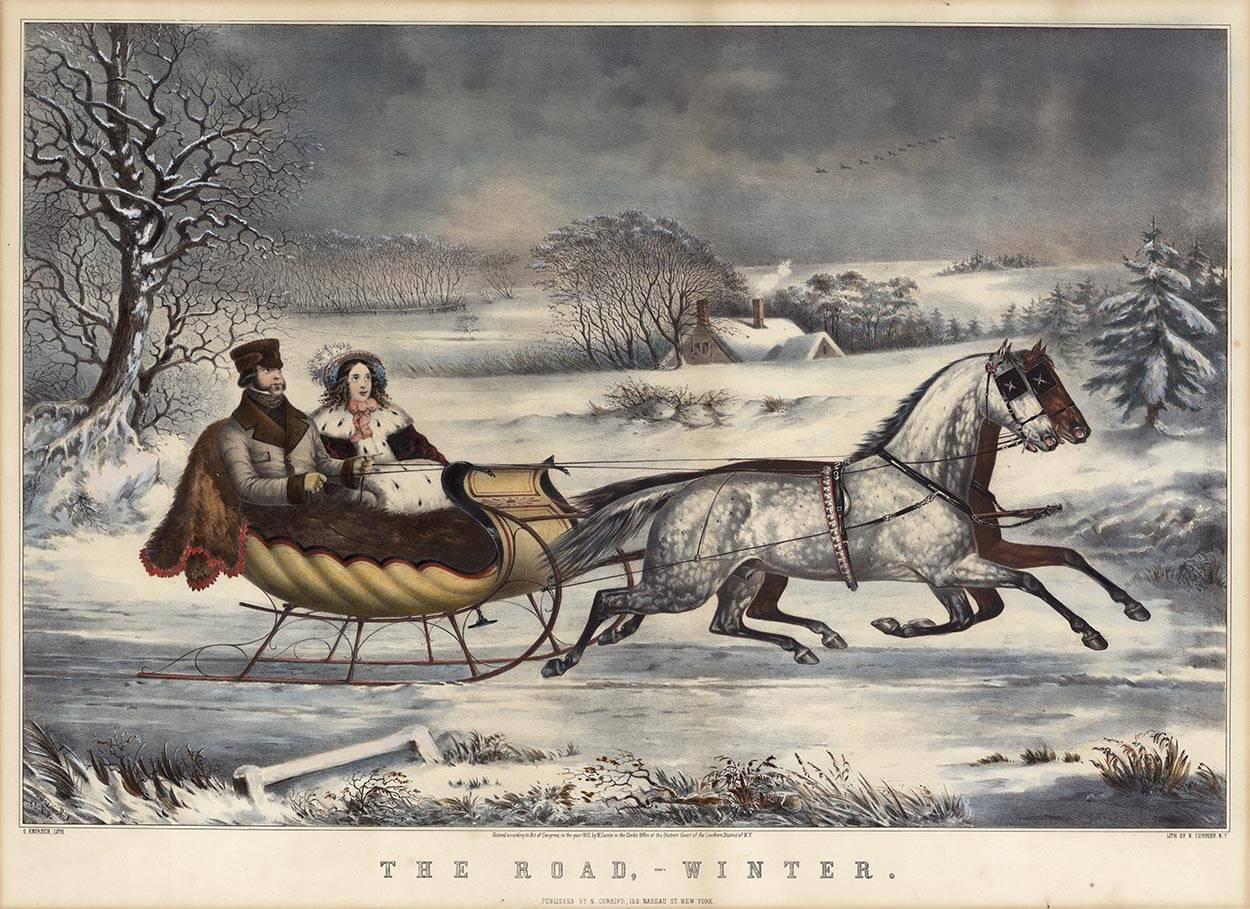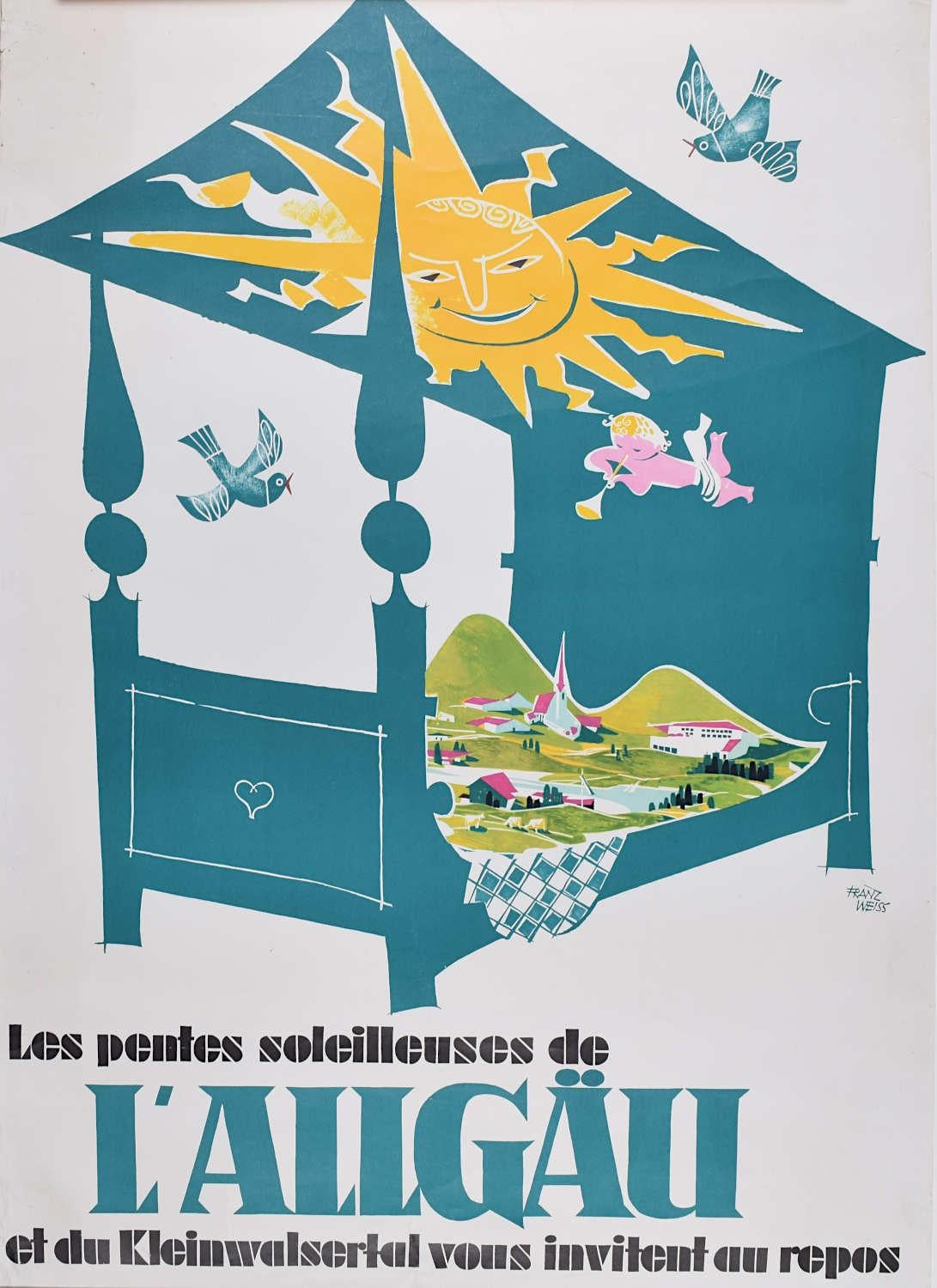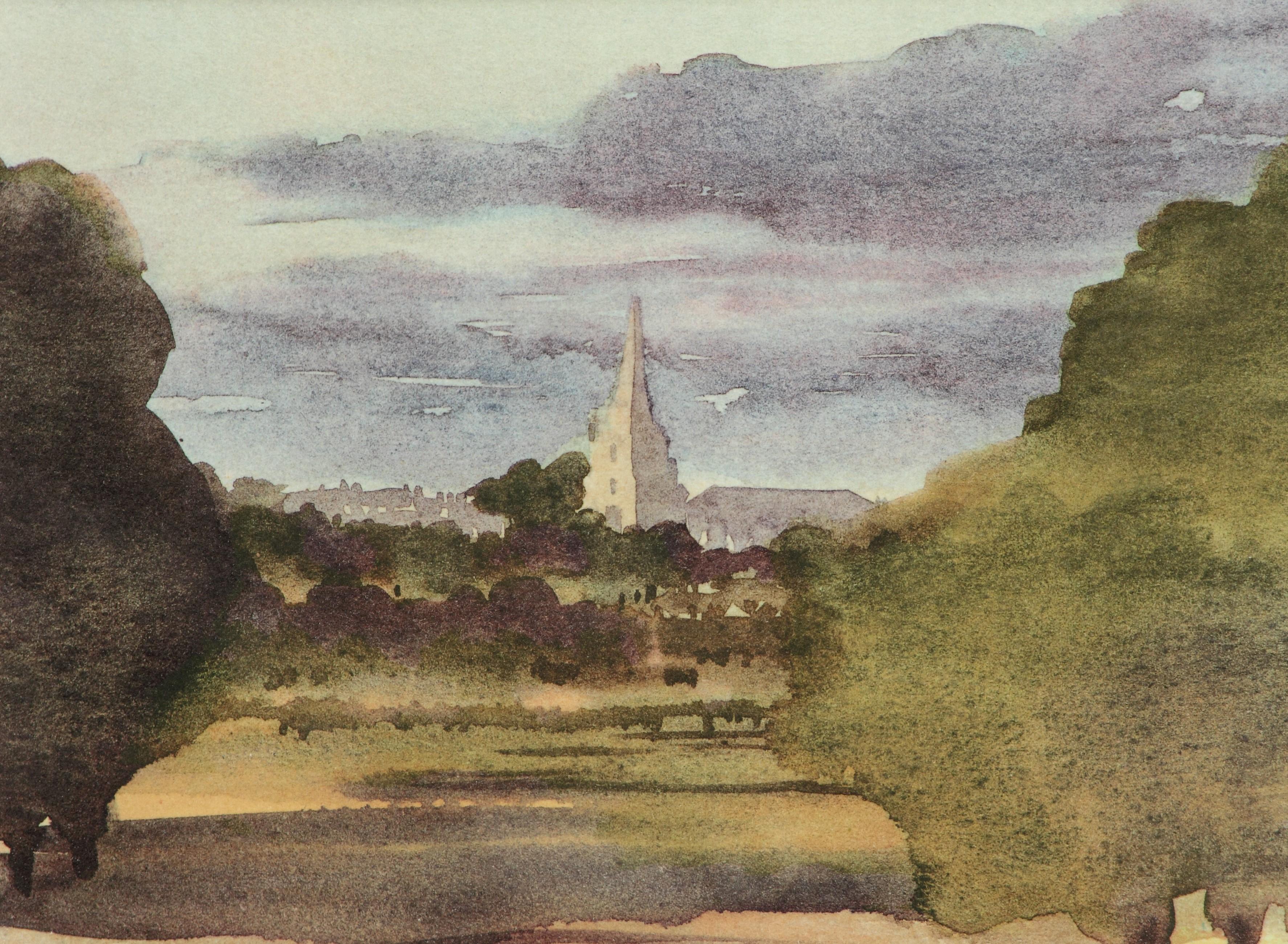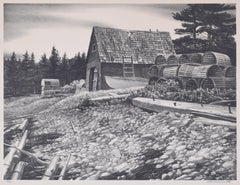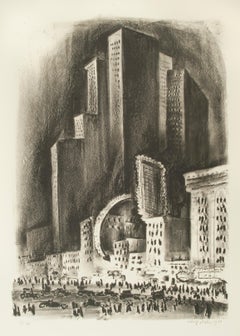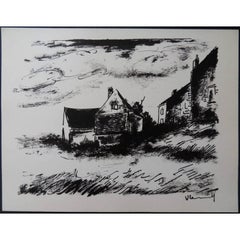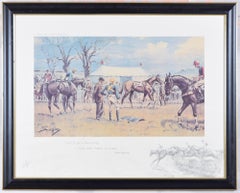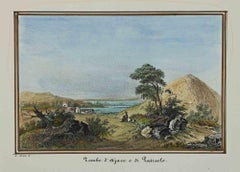
Central Park Winter (or Snow in Central Park)
View Similar Items
Want more images or videos?
Request additional images or videos from the seller
1 of 5
Adolf Arthur DehnCentral Park Winter (or Snow in Central Park)1965
1965
About the Item
- Creator:Adolf Arthur Dehn (1895-1968, American)
- Creation Year:1965
- Dimensions:Height: 14.88 in (37.8 cm)Width: 23.63 in (60.03 cm)
- Medium:
- Period:
- Condition:
- Gallery Location:Fairlawn, OH
- Reference Number:Seller: AD01628.11stDibs: LU140933833
Adolf Arthur Dehn
Adolf Dehn, printmaker, watercolorist, and illustrator, was born in Waterville, Minnesota, in 1895. In 1914 he began studying at the Minneapolis School of Art, and in 1917, the year his first published drawing appeared in the progressive magazine, The Masses, he received a scholarship to study at the Art Students League in New York. There he worked with Kenneth Hayes Miller and was introduced to lithography by Boardman Robinson. While in New York, Dehn threw himself into liberal politics. Declaring himself a conscientious objector in 1918, he was forced to spend four months in a Spartanburg, South Carolina, boot camp for refusing to serve in the armed forces and eight months as a volunteer instructor teaching painting and drawing at a hospital for war victims in Asheville, North Carolina. Dehn spent the years 1920 to 1929 in art-related travel in Europe, primarily in Vienna and in Paris, where he made lithographs at the Atelier Desjobert. Throughout this time, Dehn exhibited his work at the Weyhe Gallery in New York and contributed drawings both to magazines abroad and to the radical journal The Masses. Upon his return to New York in 1929, he became a leading figure in printmaking circles, exhibiting his prints to considerable critical acclaim. In 1937, Dehn had worked exclusively in black and white until 1937—halfway through his career—when he began to work in watercolor. During his summer visits to Minnesota, he created a large body of regional watercolors depicting the lakes and farms of his home state. Lithography and watercolor remained his two primary media, and his subjects ranged from social satire to naturalistic landscapes. He authored the treatise, Water Color Painting, in 1945 and two other instructional books on lithography and watercolor in 1950 and 1955. From 1938 to 1939 he taught at Stephens College in Columbia, Missouri, and during the summers of 1940-1942 he taught at the Colorado Springs Fine Arts Center. In 1939 and 1951 Dehn received Guggenheim Fellowships, and 1961 he was elected Full Academician to the National Academy of Design. Dehn exhibited throughout his career, and his works are in the permanent collections of the Metropolitan Museum of Art, the Museum of Modern Art, the Art Institute of Chicago, the Museum of Fine Arts in Boston, and the British Museum, among others. Adolf Dehn died in New York in 1968.
About the Seller
5.0
Recognized Seller
These prestigious sellers are industry leaders and represent the highest echelon for item quality and design.
Platinum Seller
These expertly vetted sellers are 1stDibs' most experienced sellers and are rated highest by our customers.
Established in 1978
1stDibs seller since 2013
713 sales on 1stDibs
Typical response time: 1 hour
Associations
International Fine Print Dealers Association
More From This SellerView All
- Ile de la Cite, ParisBy Robert DelaunayLocated in Fairlawn, OHSigned in pencil; Atelier blindstamp l.l. Edition: Rare proof on chine From Joseph Delteil's "Allo, Paris," published by Quatre Chemins, Paris, 1926 Rare proof Altlier blindstamp...Category
1920s Landscape Prints
MaterialsLithograph
- Lobsterman's Cove, Winter Harbor, MaineBy Stow WengenrothLocated in Fairlawn, OHLobsterman's Cove, Winter Harbor, Maine Lithograph, 1941 Signed in pencil lower right (see photo) Edition 50 Impressions are in the collection of the Pennsylvania Academy of the Fine...Category
1940s American Realist Landscape Prints
MaterialsLithograph
- New York NightBy Adolf DehnLocated in Fairlawn, OHNew York Night\Lithograph, 1930 Edition: 30 Printer: Meister Schulz, Berlin Printed on heavy wove paper without watermark This lithograph was created in...Category
1930s American Modern Landscape Prints
MaterialsLithograph
- Brooklyn WaterfrontBy Adolf Arthur DehnLocated in Fairlawn, OHBrooklyn Waterfront Lithograph, 1931 Signed, titled, and dated in pencil by the artist Edition: Undetermined (very small), plus artist's proofs Printed by Meister Schulz, Berlin Provenance: Estate of the artist Virginia Dehn, the artist's widow Dehn Quests Bibliography: Lumsdaine and O'Sullivan 152 Illustrated: Adams, The Sensuous Life of Adolf Dehn, Fig. 9.14, page 213 (This impression) Adolf Dehn, American Watercolorist and Printmaker, 1895-1968 Adolf Dehn was an artist who achieved extraordinary artistic heights, but in a very particular artistic sphere—not so much in oil painting as in watercolor and lithography. Long recognized as a master by serious print collectors, he is gradually gaining recognition as a notable and influential figure in the overall history of American art. In the 19th century, with the invention of the rotary press, which made possible enormous print runs, and the development of the popular, mass-market magazines, newspaper and magazine illustration developed into an artistic realm of its own, often surprisingly divorced from the world of museums and art exhibitions, and today remains surprisingly overlooked by most art historians. Dehn in many regards was an outgrowth of this world, although in an unusual way, since as a young man he produced most of his illustrative work not for popular magazines, such as The Saturday Evening Post, but rather for radical journals, such as The Masses or The Liberator, or artistic “little magazines” such as The Dial. This background established the foundation of his outlook, and led later to his unique and distinctive contribution to American graphic art. If there’s a distinctive quality to his work, it was his skill in introducing unusual tonal and textural effects into his work, particularly in printmaking but also in watercolor. Jackson Pollock seems to have been one of many notable artists who were influenced by his techniques. Early Years, 1895-1922 For an artist largely remembered for scenes of Vienna and Paris, Adolf Dehn’s background was a surprising one. Born in Waterville, Minnesota, on November 22, 1895, Dehn was the descendent of farmers who had emigrated from Germany and homesteaded in the region, initially in a one-room log cabin with a dirt floor. Adolf’s father, Arthur Clark Dehn, was a hunter and trapper who took pride that he had no boss but himself, and who had little use for art. Indeed, during Adolf’s boyhood the walls of his bedroom and the space under his bed were filled with the pelts of mink, muskrats and skunks that his father had killed, skinned and stretched on drying boards. It was Adolf’s mother, Emilie Haas Dehn, a faithful member of the German Lutheran Evangelical Church, who encouraged his interest in art, which became apparent early in childhood. Both parents were ardent socialists, and supporters of Eugene Debs. In many ways Dehn’s later artistic achievement was clearly a reaction against the grinding rural poverty of his childhood. After graduating from high school in 1914 at the age of 19—an age not unusual in farming communities at the time, where school attendance was often irregular—Dehn attended the Minneapolis School of Art from 1914 to 1917, whose character followed strongly reflected that of its director, Munich-trained Robert Kohler, an artistic conservative but a social radical. There Dehn joined a group of students who went on to nationally significant careers, including Wanda Gag (later author of best-selling children’s books); John Flanagan (a sculptor notable for his use of direct carving) Harry Gottlieb (a notable social realist and member of the Woodstock Art Colony), Elizabeth Olds (a printmaker and administrator for the WPA), Arnold Blanch (landscape, still-life and figure painter, and member of the Woodstock group), Lucille Lunquist, later Lucille Blanch (also a gifted painter and founder of the Woodstock art colony), and Johan Egilrud (who stayed in Minneapolis and became a journalist and poet). Adolf became particularly close to Wanda Gag (1893-1946), with whom he established an intense but platonic relationship. Two years older than he, Gag was the daughter of a Bohemian artist and decorator, Anton Gag, who had died in 1908. After her husband died, Wanda’s mother, Lizzi Gag, became a helpless invalid, so Wanda was entrusted with the task of raising and financially supporting her six younger siblings. This endowed her with toughness and an independent streak, but nonetheless, when she met Dehn, Wanda was Victorian and conventional in her artistic taste and social values. Dehn was more socially radical, and introduced her to radical ideas about politics and free love, as well as to socialist publications such as The Masses and The Appeal to Reason. Never very interested in oil painting, in Minneapolis Dehn focused on caricature and illustration--often of a humorous or politically radical character. In 1917 both Dehn and Wanda won scholarships to attend the Art Students League, and consequently, in the fall of that year both moved to New York. Dehn’s art education, however, ended in the summer of 1918, shortly after the United States entered World War I, when he was drafted to serve in the U. S. Army. Unwilling to fight, he applied for status as a conscientious objector, but was first imprisoned, then segregated in semi-imprisonment with other Pacifists, until the war ended. The abuse he suffered at this time may well explain his later withdrawal from taking political stands or making art of an overtly political nature. After his release from the army, Dehn returned to New York where he fell under the spell of the radical cartoonist Boardman Robinson and produced his first lithographs. He also finally consummated his sexual relationship with Wanda Gag. The Years in Europe: 1922-1929 In September of 1921, however, he abruptly departed for Europe, arriving in Paris and then moving on to Vienna. There in the winter of 1922 he fell in love with a Russian dancer, Mura Zipperovitch, ending his seven-year relationship with Wanda Gag. He and Mura were married in 1926. It was also in Vienna that he produced his first notable artistic work. Influenced by European artists such as Jules Pascin and Georg Grosz, Dehn began producing drawings of people in cafes, streets, and parks, which while mostly executed in his studio, were based on spontaneous life studies and have an expressive, sometimes almost childishly wandering quality of line. The mixture of sophistication and naiveté in these drawings was new to American audiences, as was the raciness of their subject matter, which often featured pleasure-seekers, prostitutes or scenes of sexual dalliance, presented with a strong element of caricature. Some of these drawings contain an element of social criticism, reminiscent of that found in the work of George Grosz, although Dehn’s work tended to focus on humorous commentary rather than savagely attacking his subjects or making a partisan political statement. Many Americans, including some who had originally been supporters of Dehn such as Boardman Robinson, were shocked by these European drawings, although George Grocz (who became a friend of the artist in this period) admired them, and recognized that Dehn could also bring a new vision to America subject matter. As he told Dehn: “You will do things in America which haven’t been done, which need to be done, which only you can do—as far at least as I know America.” A key factor in Dehn’s artistic evolution at this time was his association with Scofield Thayer, the publisher of the most notable modernist art and poetry magazine...Category
1920s American Modern Landscape Prints
MaterialsLithograph
- Niagara FallsBy Adolf Arthur DehnLocated in Fairlawn, OHNiagara Falls Lithograph, 1931 Signed lower right (see photo) Titled/edition lower left. (see photo) Edition of 25 Provenance: the Estate of the Artist Condition: Excellent Image si...Category
1930s American Modern Landscape Prints
MaterialsLithograph
- Backyard IIBy Robert KipnissLocated in Fairlawn, OHBackyard II Lithograph, 1972 Signed lower right Signed lower right Annotated: Printer's Proof Reference: Karl Lunde 58 An impression is in the collection of the Art Institute of Chic...Category
1970s American Realist Landscape Prints
MaterialsLithograph
You May Also Like
- Maurice de Vlaminck - House in Rueil - Original LithographBy Maurice de VlaminckLocated in Collonge Bellerive, Geneve, CHMaurice de Vlaminck Original Lithograph Signed in the plate 1958 Title: House in Beauce Dimensions: 22 x 27 cm Reference: Catalogue raisonné Walterskirchen 275 Condition : Excellent Maurice de Vlaminck (1876 - 1958) Maurice was three years old when his family moved from Paris to Vésinet. He first pursued the same musical career as his parents, who were both musicians, leaving his home as a trained double-bass player in 1892 to move to Chatou near Versailles. After absolving his military service in Vitré Maurice Vlaminck worked as a musician until he accidentally met André Derain in 1900. It was Derain who kindled Vlaminck's artistic ambitions. He decided to become a painter and rented an old hut in which he and Derain shared a studio. A crucial turning point in Vlaminck's artistic development was a visit to a van Gogh exhibition...Category
1950s Impressionist Landscape Prints
MaterialsLithograph
- 'Oh to be in England' signed horse racing print by SnafflesLocated in London, GBTo see our other hunting prints and paintings, scroll down to "More from this Seller" and below it click on "See all from this Seller" and then search. Charles "Snaffles" Johnson Payne (1884 - 1967) "Oh! To Be In England Now That April's There" Lithograph 51 x 67 cm Signed in pencil lower left. Snaffles was one of the foremost sporting artists of his era, publishing many popular prints such as these: hunting pictures...Category
1930s Impressionist Animal Prints
MaterialsLithograph
- Tombs of Ajax and Patroclus - Lithograph - 1862Located in Roma, ITTombs of Ajax and Patroclus is a lithograph realized in 1862. Good conditions. The artwork belongs to the Suite Uses and customs of all the peoples of the universe, or History of t...Category
1840s Modern Figurative Prints
MaterialsLithograph
- Tall Tree and the Eye at the Royal Academy poster (hand signed by Anish Kapoor)By Anish KapoorLocated in New York, NYAnish Kapoor Tall Tree and the Eye at the Royal Academy (hand signed by Anish Kapoor), 2009 Off-set lithograph poster (hand signed by Anish Kapoor) Signed in black marker lower right...Category
Early 2000s Contemporary Abstract Prints
MaterialsPermanent Marker, Lithograph, Offset
- Toulouse Lautrec Original Lithograph Famous Political 1800s Collection SignedBy Henri de Toulouse-LautrecLocated in Milwaukee, WI"Lautrec Book: From Au Pied du Sinai written by Georges Clemenceau" lithographs created by the legendary Henri de Toulouse-Lautrec. This book, Au Pied...Category
1890s Post-Impressionist Figurative Prints
MaterialsLithograph, Mulberry Paper
- Gorge d'Incre, 1993By David HockneyLocated in London, GBGorge d'Incre (from Some More New Prints), 1993 Lithograph from 11 aluminium plates and screenprint from 8 screens on Arches 88 wove paper 27 × 21 1/2 in 68.6 × 54.6 cm Limited Edit...Category
1990s Prints and Multiples
MaterialsLithograph
Recently Viewed
View AllMore Ways To Browse
Howard Koslow
James Sanford Hulme
Keith Rocco
Josset Eton College
Jean Marais Pottery
Harold Hitchcock On Sale
Harry Bonath
Lawrence Heyman
Gordon Mortensen
Henry Goering
Hayley Barker
Petra The Acropolis
Oga Peninsula
Nachum Gutman On Sale
Nona Hershey
Richard Estes On Sale
Stephen McMillan On Sale
Retired Tiffany China Patterns
